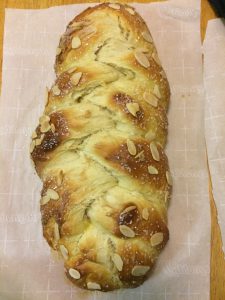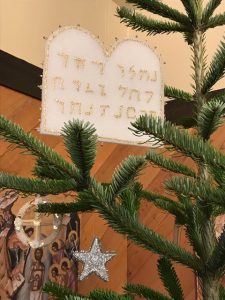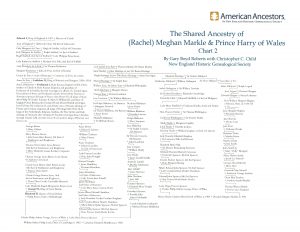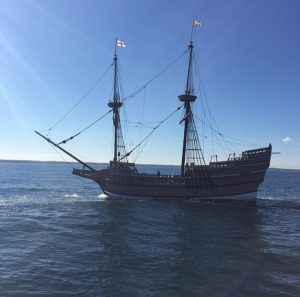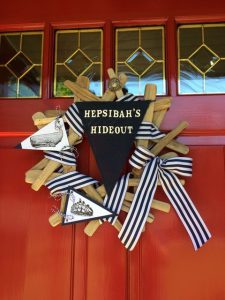[This series on royal cartes de visite began here.]
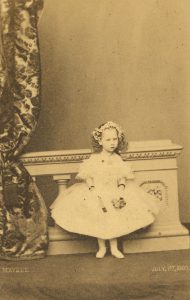
Prince Albert of Saxe-Coburg-Gotha was created Prince Consort in 1857, the year his youngest child – Princess Beatrice – was born. When the Prince Consort died in 1861, his eldest child (the Crown Princess of Prussia) was just 21, while Beatrice (shown here in 1860) was four years old.
For the younger children of Queen Victoria and Prince Albert, their father receded from life and into legend. The mercurial Beatrice, an enchanting child, became a stately matron in her mother’s mold; her elder brother Arthur achieved distinction in the Army, while Leopold – who inherited his mother’s family’s strain of hemophilia – died young; Helena and Louise, so similar as young women, grew up to take different paths. Continue reading Royal cartes de visite: Part Two

